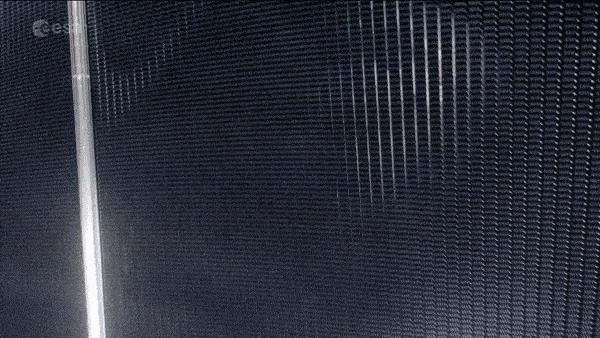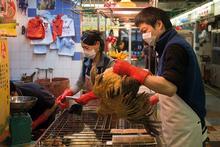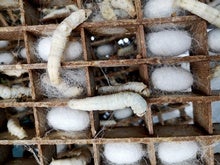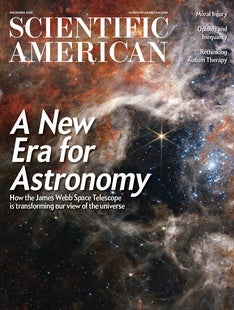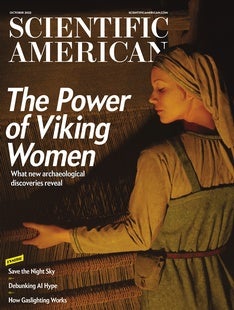 |
| November 15, 2022 |
Dear Reader,
Robots are found in nearly every workplace, from hospital operating rooms to car manufacturing plants. Each does a specific job and many can learn new skills on the fly. But the computer system that tells a human-like robotic hand how to pick up an object cannot necessarily prompt a two-fingered gripper to do the same task. Now researchers are developing a technique for transferring skills from one type of machine to another with a different shape. |
| |
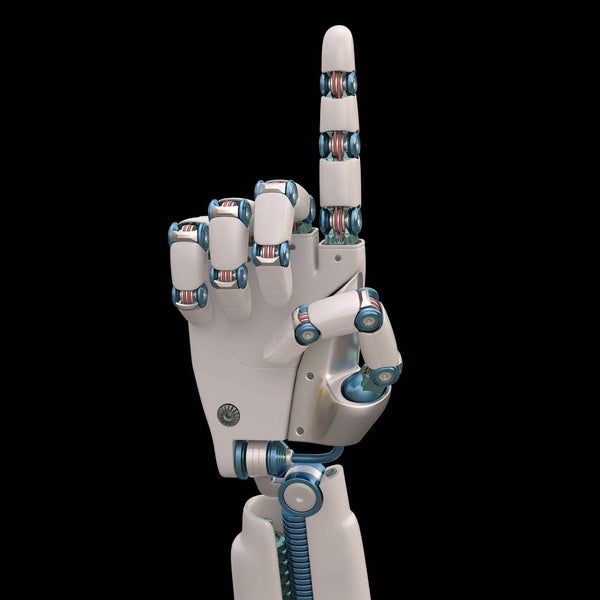 |
| |
| |
| |
| |
| |
| |
| |
| |
| |
| |
FROM THE STORE
 | | | |
| QUOTE OF THE DAY
 "Once released into the wild, AI models power things like tech companies' recommendation engines, or efforts to classify user comments. The actions involved use much less energy, but they can happen a billion times a day. That adds up." Melissa Heikkilä, MIT Technology Review | |
FROM THE ARCHIVE
 | | | |
LATEST ISSUES
 |
| |
| Questions? Comments?  | |
| Download the Scientific American App |
| |
| |




